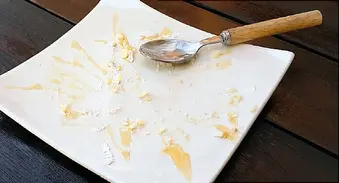Digestion Facts From Mouth to Flush
Medically Reviewed by Jennifer Robinson, MD on August 24, 2022

Question 1/8
Where does the digestive process end?
- The small intestine
- The colon
- The rectum
Question 2/8
Which is longer?
- The small intestine
- The large intestine
Question 3/8
Which animal has no stomach?
- Iguana
- Platypus
- All animals have stomachs
Question 4/8
Peptic ulcers can be caused by:
- Stress
- Spicy food
- Bacteria
Question 5/8
What role does your gallbladder play in digestion?
- It helps break down fats
- It stores energy from food
- It filters out toxins
Question 6/8
You get heartburn when:
- Your heart beats too fast
- Stomach acid flows into the esophagus
- Both of the above
Question 7/8
What makes the enzyme that breaks down carbs?
- The pancreas
- The gallbladder
- The liver
Question 8/8
Nutrients from food move through your body via:
- Your bloodstream
- Your lymphatic system
- Both of the above